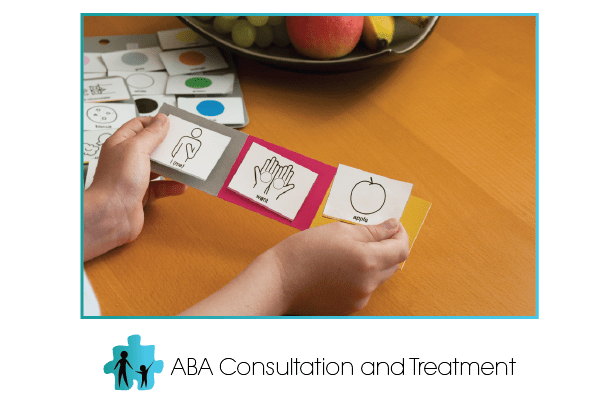Ask any parent of a toddler what is their greatest concern and they will probably answer: safety. From baby gates, to covered electrical outlets and locks on medicine cabinets, the extent to which they will try and keep their child safe at home is unending. Undoubtedly, these types of safety precautions are necessary for the first few years of childhood. As the child develops and matures, these safety precautions are no longer needed. However, if you are a parent of a child with autism, this is not the case. Ensuring your child is safe does not only apply to your home, but it also applies to their time in therapy. At Steinberg Behavior Solutions, safety is always a high priority for our young clients and our therapists. Whether the sessions take place at home or in one of our offices, an unsafe area could result in injury and a loss of valuable therapy time. The following is a brief overview of some of the safety precautions our therapists at Steinberg Behavior Solutions take.
1. Avoid picking up a child
When considering safety during therapy, we always recommend to our therapists to avoid physically picking their clients up. Though typically most of ABA clients are young children, they are no longer toddlers and as such can be heavy. If a therapist decides to lift a child incorrectly, it could result in a back injury or even an injury to their young client. Instead, we instruct our therapists to know the child’s weight and make sure they know the safest way to move them. Additionally, therapists are asked to avoid picking up children who may be showing aggression and thrashing around. This type of behavior could result in a serious injury to both the therapist and client.
2. Always have a trusted adult present
At all times, a parent or trusted caregiver should be present in the house or office while a therapist is working with a client. If the therapist needs help with an aggressive client or if an emergency occurs that requires two people, they can have someone to lend an extra hand.
3. Remove weapons and sharp objects
Make sure any and all possible weapons remain out of reach of a client. This is especially important in the case he or she demonstrates any kind of aggression towards the therapist during sessions. Items such as scissors or sharpened pencils could be used as weapons and result in an injury to the therapist and as such should be out of reach of clients. Switching glass items to plastic items in the case of silverware can be a good antecedent and preventative way to stay safe as well.
4. Arrange the furniture properly
Before beginning a therapy session, ensure the table surfaces are clear and an appropriate number of chairs are available. If you have a young client who frequently runs out of a room via a predictable path, arrange the furniture and close doors so he or she is unable to elope. This limits the need for excessive movement and transition. Movement especially could lead to tripping and injury. Rearrange furniture away from shelves or places where the client may climb and might be in danger.
5. Keep surfaces clear
Keep furniture surfaces clear especially if your client is a“sweeper”(e.g., swipes items off tables). Place items out of reach on shelves or bins, or lock things safely away. Additionally, use gates or other barriers to prevent your client from falling down steps or to limit access to certain areas in your office or in their home.
It’s important to remember that if therapy sessions utilize positive behavioral support and antecedent strategies, aggression can be avoided and many of the dangers listed above won’t become a reality. Using the safety modifications mentioned will not only ensure a child with autism will be ready and able to learn, but will ultimately help them to reach their full potential.



